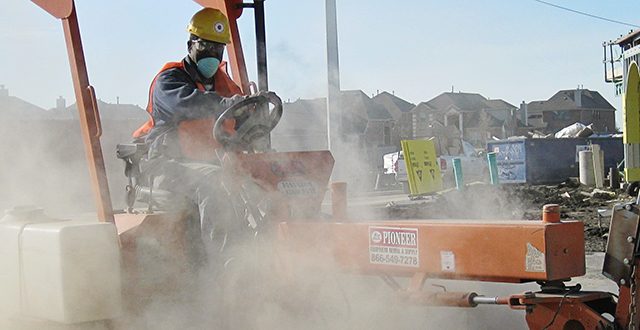$775 million bond would max out Texas school district’s credit

Frisco ISD plans to build 14 new schools with a massive bond package.
By Jon Cassidy | Watchdog.org
A north Dallas school district that’s already underwater by $167 million is seeking to max out its borrowing capacity with a $775 million school construction bond next month.
If voters in the Frisco Independent School District authorize a new bond issue next month, the district’s 163,000 residents will be on the hook to repay nearly $4 billion in principal and interest in the coming years.
Neighboring school districts in the fast-growing area also carry high debt loads, according to an analysis by Jess Fields of the Texas Public Policy Foundation, but nothing like Frisco’s.
With the new bonds, Frisco’s debt works out to a staggering $84,781.63 per student at current enrollment levels, more than double runner-up Denton ISD’s debt, and triple what other neighboring districts are carrying.
Officials project that by 2020, the number of students in the district will have increased from 46,300 to some 66,000, which is why they want to build 14 new schools with the money. But even if that many students enroll, the debt-per-student burden will still be 60 percent higher than any of its neighbors.
The problem, Fields said, is “if you work with their numbers, by the year 2021, they are totally maxed out on their tax rate.” That is, the school district will then be collecting the maximum rate — 50 cents per $100 of assessed value — that it can charge for interest repayment, meaning it will have little flexibility to issue new debt until 2038.
That’s where the real danger comes in. For the district’s plan to work, it requires not just continued torrid growth, but a school board that’s able to sit on its hands for the next 25 years. If future school boards need large sums of capital, they’ll have little choice but to resort to a sort of “subprime for schools” approach known as capital appreciation bonds.
The principle behind capital appreciation bonds is easy to grasp: just buy a fridge and a new TV on your credit card and make no payments for 25 years. Then settle up.
It’s a way to get around the limit set by state law on how much a school district can spend on interest — just don’t make interest payments (or any payments at all) until a few whopping balloon payments at the end.
As voters in Leander ISD found out, this sort of payment plan might cost five times the original loan, as opposed to a typical bond, which costs about twice the value of the principal.
If Frisco slows from its current growth rate, the district will have other problems.
“When growth slows down, a district that spends beyond its means will face problems in paying down its obligations,” Fields said.
That can mean laying off teachers in order to pay for empty classrooms.
Fields acknowledges Frisco has to plan for its growth, but questions the $103 million in the bond issue allotted for technology, security upgrades and school buses.
“If you’re going to go into debt, go into debt for the important stuff,” he said. “It’s not terribly wise to pay for any short-term expense with long-term debt.”
The school district is still flush with cash from recent bond issues, but it’s been spending $10 million to $12 million more a year than it’s been taking in, which is one reason the district is underwater, with debts outweighing all its assets by $167 million.
Contact Jon Cassidy at jon@watchdog.org or @jpcassidy000. If you would like to send him documents or messages anonymously, download the Tor browser and go to our SecureDrop submission page: http://5bygo7e2rpnrh5vo.onion







